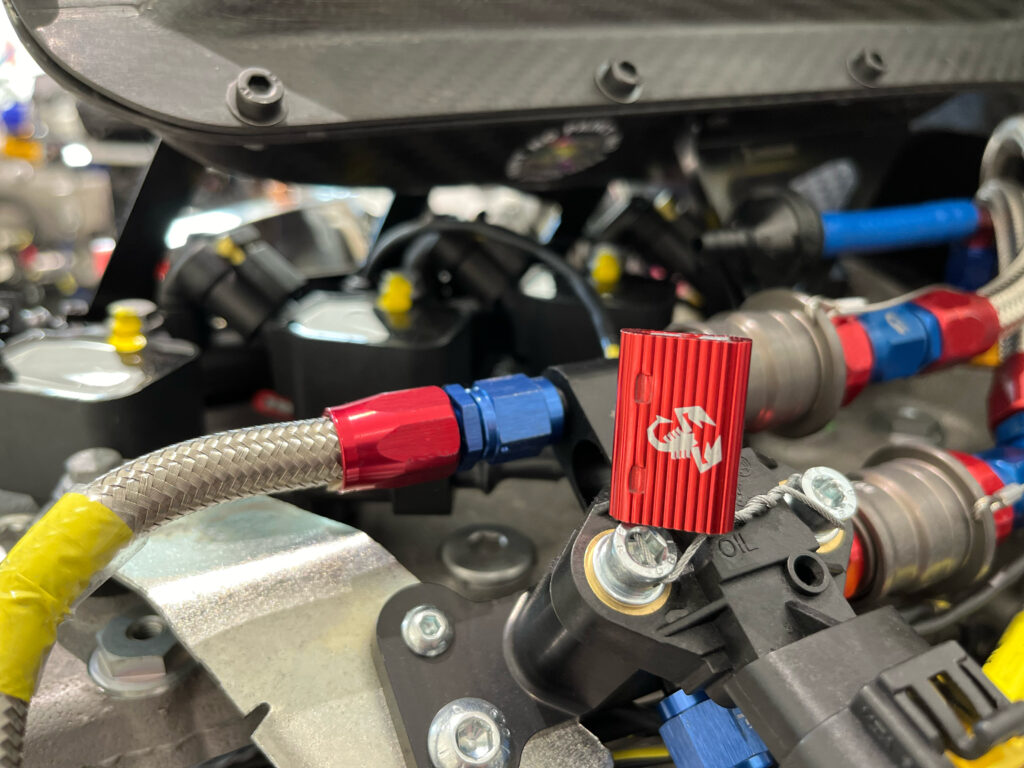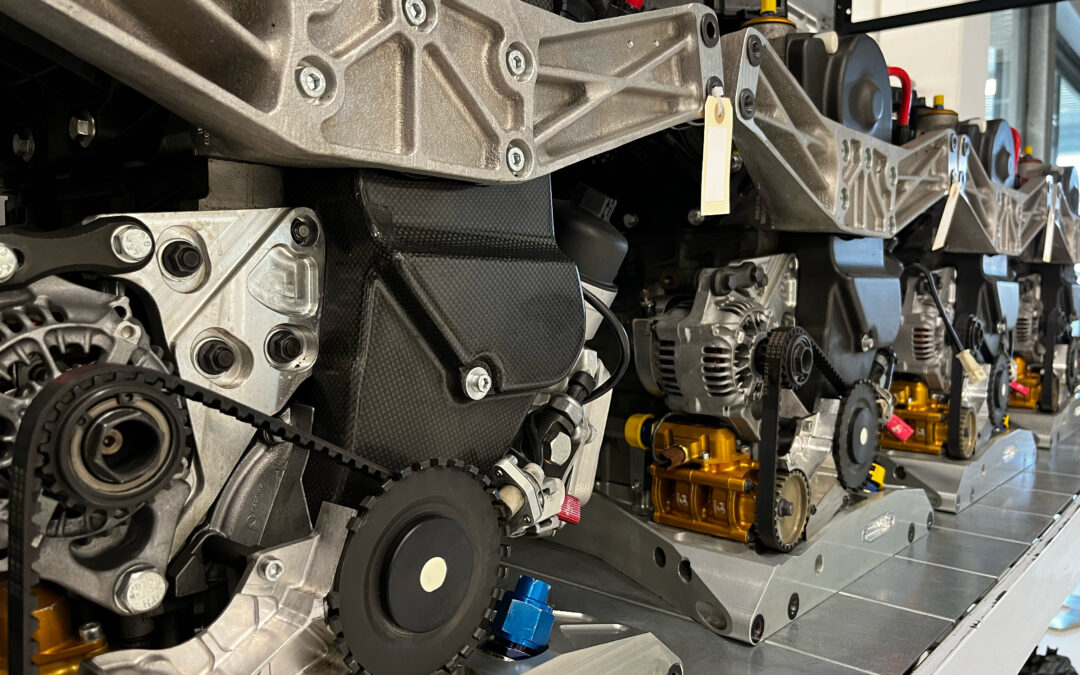Tatuus has the winning formula. Since being founded in 1980, Tatuus has designed the cars that motorsport’s young talents have excelled in. Tatuus designed the chassis of the F1 Academy cars, used by the likes of Abbi Pulling and Doriane Pin.
Tatuus colberate with Autotecnica Motori, another Italian based manufacturer, to bring the cars to life with a 1.4L engine. The two companies work in synergy to design the cars with one of the most important roles of the F1 Academy in mind: growth.
Building the chasis
Whilst the F1 Academy is a fiercely competitive competition, it’s also a place for drivers to learn and build experience.
“F1 Academy cars are as a matter of fact Formula 4 cars (T-421),” says Gianfrnaco De Bellis, Tatuus President. “But following the championship needs we designed an aero package featuring different front and rear wings. These parts were inspired by the most recent Formula 1 cars designs.”
“Our single seaters are indeed involved in championships that aim to train drivers. For this reason we start from the basic aerodynamics the FIA demands for Formula 4 cars. The cars represent the very first step into the single seaters for drivers exiting the karting universe.”
Building the engine

The word ‘basic’ in motorsport terms does not mean slow. In fact, an F1 Academy car has a top speed of up to 240 km/h, and can accelerate to 100km/h in just 3.6 seconds.
This wouldn’t be possible without the ATM-Abarth 1.4L engine, built by Autotecnica Motori (ATM) and Abarth. ATM has cooperated with Abarth since their early years within Formula Abarth. And this laid the groundwork for the collaboration that provides the engines for F1 Academy car.
Like the chassis, the engine has been used by the most talented young drivers over the last decade.
“It was immediately a matter of creating a reliable and efficient unit, and an easy one in terms of maintenance for the teams outside the track and to be handled by the drivers on it,” says Daniel Flisi, Chief Operations Officer at Autotecnica Motori.
The ATM-Abarth 1.4L engine introduces young drivers to the power of single seater engines.
“The choice of a turbo, inline 4 cylinders engine was certainly a winning one. The engine guarantees a simpler and more effective power delivery than any other option.”
Within motorsport, carbon fibre is the most important material when it comes to building the car. Ever since it was first used on the McLaren MP4/1, carbon fibre has become a must use for manufacturers.
“Since its very first days in motorsports, carbon fibre revolutionised our world,” says Gianfrance De Bellis. “Carbon fibre made it possible to find more efficient solutions both in terms of pure performance and vehicle design.”
Whilst its lightweight properties allow designers to find marginal gains in performance, the strength of carbon fibre has enhanced safety within motorsport.
“The chassis is made with choices on materials and design definitely different from the ones that are made for purely aerodynamic components,” says De Bellis. “For this reason too its weight increased during the years, with the target to guarantee more safety to the drivers.”
Building the team
Both Tatuus and Autotecnica Motori emphasise the strength of their collaboration throughout the development process.
“An integrated platform not only offers the chance to cover a wider range of solutions. It also allows us to have more available resources and to better answer any customer’s need,” says Flisi. “It also allows for constant growth and a quicker evolution of each process.”
The manufacturers also work with Breda Racing who supply the necessary components and equipment for the F1 Academy cars. The three companies work together to provide teams and championships with a complete car for race weekends.
“We work in synergy, the experience of one company daily melts with the ones of the other two,” says De Bellis. “It’s a positive sharing of knowledge that accelerates the growth of each one involved.”
To both Tatuus and Autotecnica Motori, F1’s decision to select them to build the F1 Academy car not only highlights their successful relationship together, but also shows that the manufacturers are keen to play a part in the growth of motorsport.
“To support the F1 Academy project is something that makes us proud. We feel a sense of additional responsibility linked to the mission the championship has,” says Daniel Flisi.
“To be on track with the target of growing inclusion in motorsports and to inspire the next generations of female drivers to chase their passion and dreams is something unique, and a very important one for the global industry of motor racing.”
Tatuus President Gianfranco De Bellis is certain that Tatuus was chosen by F1 to ensure that the F1 Academy drivers had the necessary machinery to build their skills on track.
“I think that’s why F1 Academy decided to choose our cars, making us incredibly happy and proud to cooperate on a project that is built around major values,” he says.
“The championship mission for greater inclusion and for more and better access to the racing world for young female drivers is something enormously relevant and is one of the key aspects for motorsports’ future.”

